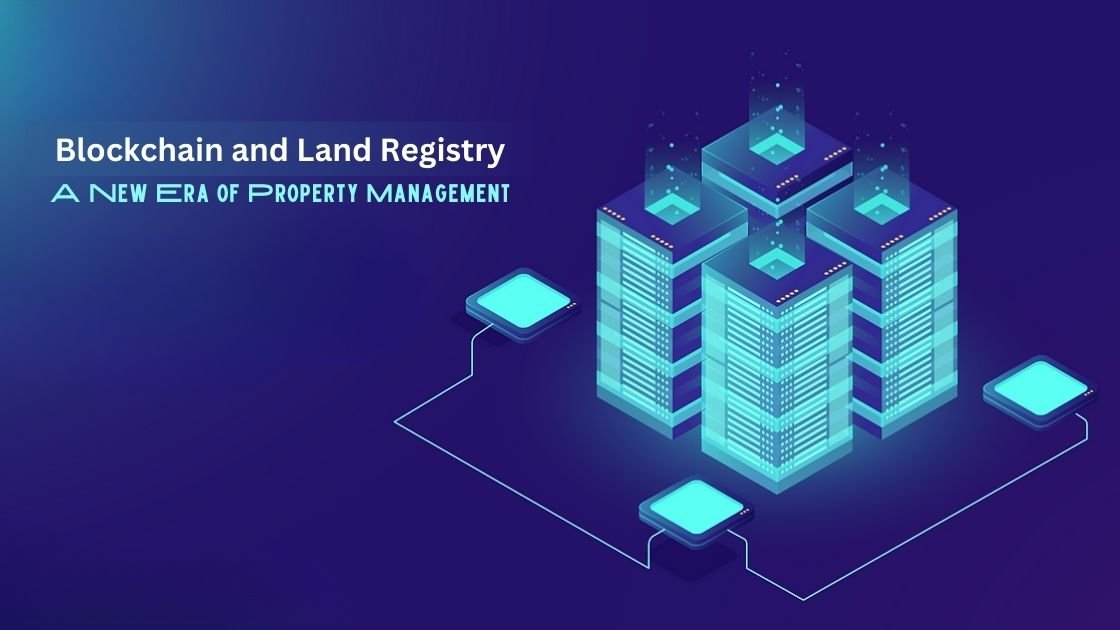Combining GIS (Geographic Information Systems) with blockchain technology can create powerful solutions for managing and sharing spatial data. Here are some key points about this integration:
Benefits of Integrating GIS and Blockchain
- Data Integrity and Security: Blockchain provides a tamper-proof and decentralized way of storing and sharing spatial data, ensuring data integrity and security.
- Transparency and Trust: Blockchain’s transparency allows all participants to access the same data, fostering trust among stakeholders.
- Efficient Data Sharing: The decentralized nature of blockchain can facilitate more efficient and secure sharing of geospatial data across different organizations and platforms.
- Enhanced Spatial Analysis: GIS tools can analyze and visualize the spatial data stored on the blockchain, providing valuable insights for decision-making.
Use Cases
- Land Registry: Blockchain can be used to create immutable records of land ownership, reducing fraud and disputes.
- Supply Chain Management: Combining GIS and blockchain can track the movement of goods, ensuring transparency and efficiency in the supply chain.
- Disaster Management: Real-time spatial data on a blockchain can help in coordinating disaster response efforts more effectively.
Creating Custom Solutions
To create custom GIS and blockchain solutions for your projects, you can:
- Identify the Use Case: Determine the specific problem you want to solve with GIS and blockchain.
- Choose the Right Tools: Select appropriate GIS software (like ArcGIS or QGIS) and blockchain platforms (like Ethereum or Hyperledger).
- Develop Smart Contracts: Create smart contracts to automate transactions and data sharing on the blockchain.
- Integrate and Test: Integrate the GIS and blockchain systems and thoroughly test the solution to ensure it meets your requirements.
Using blockchain technology for land registry can revolutionize the way property ownership is recorded and managed. Here are some key points:

Benefits of Blockchain in Land Registry
- Enhanced Security: Blockchain provides a tamper-proof and decentralized ledger, making it extremely difficult for unauthorized parties to alter land records.
- Transparency: All transactions are recorded on a public ledger, which can be accessed by anyone, ensuring transparency and reducing the chances of fraud.
- Efficiency: Blockchain can streamline the land registration process by eliminating the need for intermediaries, reducing processing times and costs.
- Immutable Records: Once a transaction is recorded on the blockchain, it cannot be changed or deleted, ensuring the integrity of land records.
How It Works
- Smart Contracts: These are self-executing contracts with the terms of the agreement directly written into code. They can automate the transfer of property ownership once certain conditions are met.
- Decentralized Ledger: Each block in the blockchain contains details of a land transaction, such as property ID, owner details, transaction amount, and previous transaction history.
- Cryptographic Security: Advanced encryption methods, like SHA-256, ensure that the data is secure and only accessible to authorized parties.
Use Cases
- India: Several pilot projects are exploring blockchain for land registry to address issues like fraud, inefficiency, and lack of transparency in the current paper-based system.
- Sweden: The Swedish Land Registry has tested blockchain technology to streamline property transactions and reduce the time required for land registration.
Challenges
- Regulatory Hurdles: Implementing blockchain for land registry requires changes in existing laws and regulations.
- Technical Barriers: Integrating blockchain with existing land registry systems can be technically challenging and requires significant investment.
Implementing blockchain for land registry in your country can be a transformative project. Here are the key steps to guide you through the process:
1. Assess the Current System
- Evaluate Existing Infrastructure: Understand the current land registry system, including its strengths, weaknesses, and the technology in use.
- Identify Pain Points: Determine the specific issues you aim to address with blockchain, such as fraud, inefficiency, or lack of transparency.
2. Choose the Right Blockchain Platform
- Scalability: Ensure the platform can handle the volume of transactions expected.
- Consensus Mechanism: Select a consensus mechanism (e.g., Proof of Work, Proof of Stake) that aligns with your security and efficiency needs.
- Smart Contract Support: Opt for a platform that supports smart contracts to automate property transactions. Ethereum and Hyperledger are popular choices.
3. Develop Smart Contracts
- Automate Transactions: Create smart contracts to handle property transfers, ensuring they comply with legal requirements.
- Verification and Validation: Include mechanisms for verifying and validating transactions to maintain data integrity.
4. Integrate with Existing Systems
- Data Migration: Plan for the migration of existing land records to the blockchain. This may involve digitizing paper records.
- Interoperability: Ensure the blockchain system can interact with other government databases and systems.
5. Pilot Testing
- Small-Scale Implementation: Start with a pilot project in a specific region to test the system and identify any issues.
- Feedback and Iteration: Collect feedback from users and stakeholders, and make necessary adjustments before a full-scale rollout.
6. Legal and Regulatory Compliance
- Update Legal Framework: Work with legal experts to ensure that the blockchain-based system complies with national laws and regulations.
- Stakeholder Engagement: Engage with all relevant stakeholders, including government agencies, legal professionals, and the public, to ensure smooth adoption.
7. Training and Capacity Building
- Educate Users: Provide training for government officials, legal professionals, and the public on how to use the new system.
- Technical Support: Establish a support system to assist users with any technical issues.
8. Full-Scale Implementation
- Gradual Rollout: Gradually expand the system to cover more regions, ensuring that any issues are addressed promptly.
- Continuous Monitoring: Monitor the system continuously to ensure it operates smoothly and securely.
Case Studies
- India: Several states in India are exploring blockchain for land registry to address issues like fraud and inefficiency.
- Sweden: The Swedish Land Registry has successfully tested blockchain to streamline property transactions.
Implementing blockchain for land registry is a complex but rewarding process.

